Texas - Whooping Cranes and Spring Migration Spectacular!
Sunday 9th April – Wednesday 19th April 2017
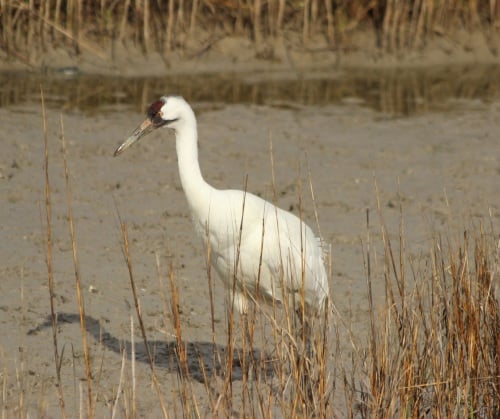 The Upper Texas Coast has long been hallowed ground for observing spring migration and is arguably one of the best birding locations in the United States. The coastal woods, marshes, lagoons and beaches provide essential refuge for trans-gulf migrants, many of which leave the tropical forests of Central America to make landfall on the Upper Texas coast. Most of the focus will be on songbirds with sought-after gems like Golden-winged and Cerulean Warblers, and Painted Bunting high on the ‘wish list’ for many. In addition, the rice fields and wetlands play host to scarce shorebirds such as Buff-breasted and Baird’s Sandpipers, and Hudsonian Godwit among many others. Moreover, the marshes support an impressive selection of rails with all six of North America’s regularly occurring species possible on this tour - including the near-mythical Black Rail. North of the coast, deep inside the ‘Piney Woods’ rare breeders include Swallow-tailed Kite, Red-cockaded Woodpecker, Swainson’s Warbler and Bachman’s Sparrow. We aim to begin the tour in spectacular fashion near Rockport where we search for Whooping Cranes, one of the rarest cranes species in the world. With our local expert, James P. Smith at the helm, you are sure to have an exciting and bird-filled ZOOTHERA tour.
The Upper Texas Coast has long been hallowed ground for observing spring migration and is arguably one of the best birding locations in the United States. The coastal woods, marshes, lagoons and beaches provide essential refuge for trans-gulf migrants, many of which leave the tropical forests of Central America to make landfall on the Upper Texas coast. Most of the focus will be on songbirds with sought-after gems like Golden-winged and Cerulean Warblers, and Painted Bunting high on the ‘wish list’ for many. In addition, the rice fields and wetlands play host to scarce shorebirds such as Buff-breasted and Baird’s Sandpipers, and Hudsonian Godwit among many others. Moreover, the marshes support an impressive selection of rails with all six of North America’s regularly occurring species possible on this tour - including the near-mythical Black Rail. North of the coast, deep inside the ‘Piney Woods’ rare breeders include Swallow-tailed Kite, Red-cockaded Woodpecker, Swainson’s Warbler and Bachman’s Sparrow. We aim to begin the tour in spectacular fashion near Rockport where we search for Whooping Cranes, one of the rarest cranes species in the world. With our local expert, James P. Smith at the helm, you are sure to have an exciting and bird-filled ZOOTHERA tour.
|
|
Day 1 UK/Europe - Houston, USA - 9th April
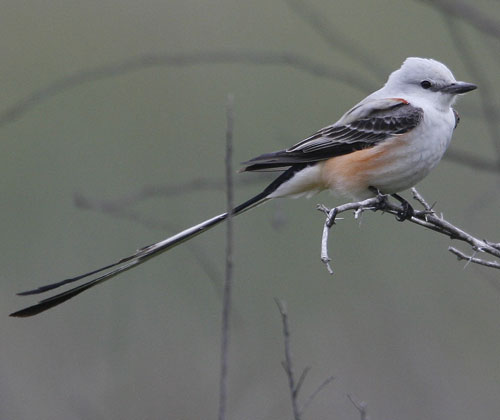 |
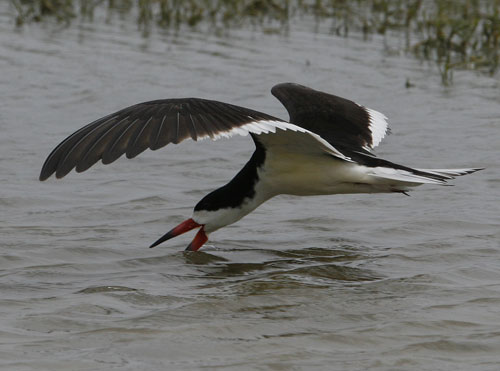 |
 |
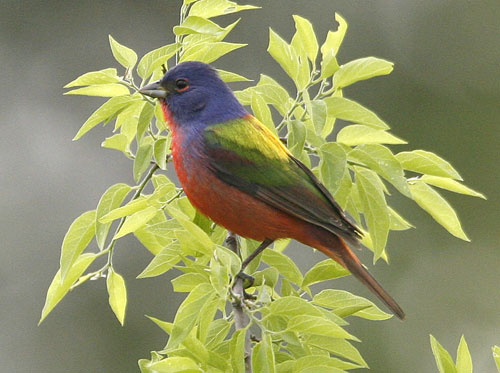 |
 |
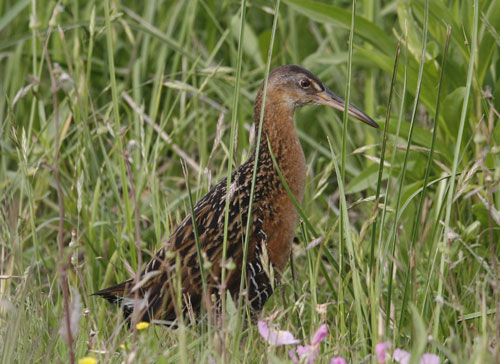 |
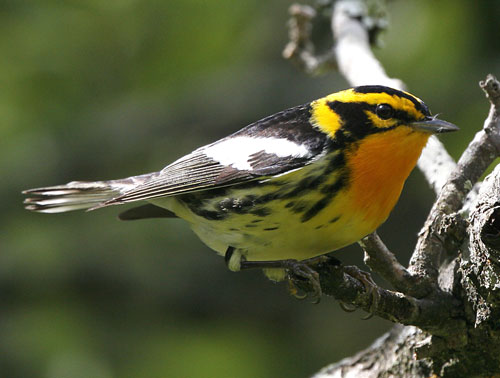 |
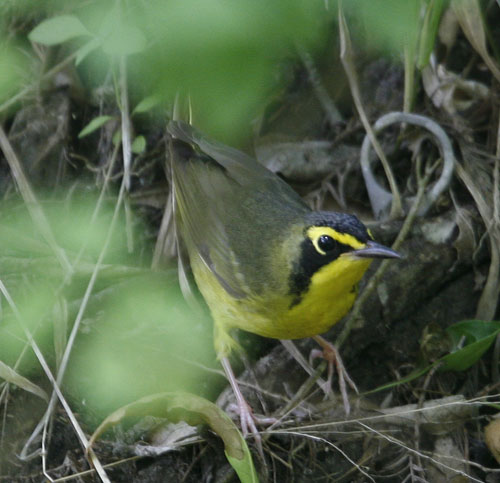 |
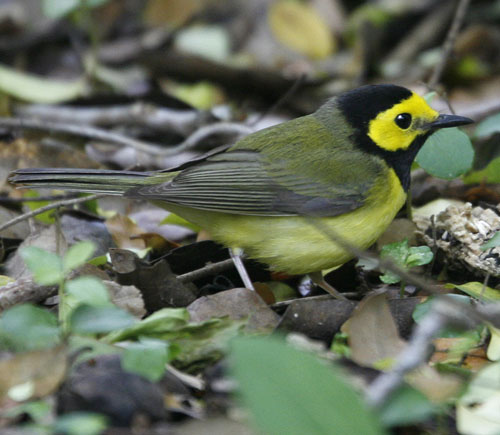 |
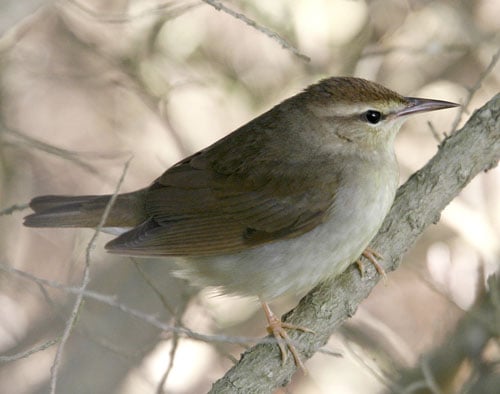 |
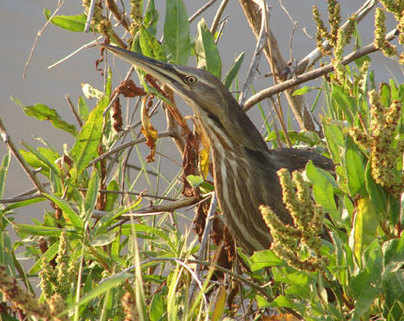 |
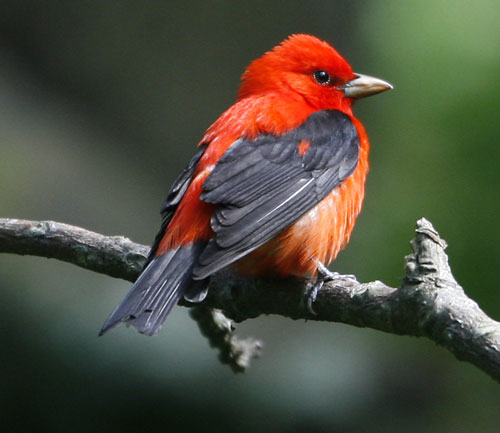 |
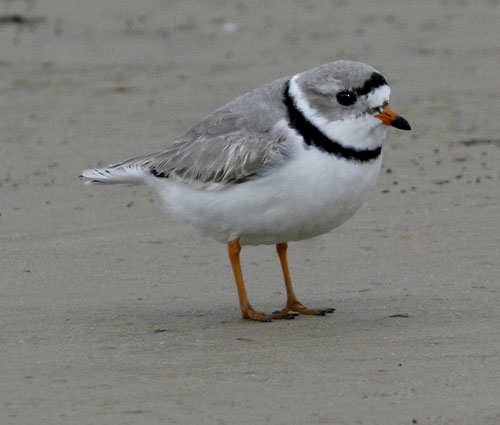 |
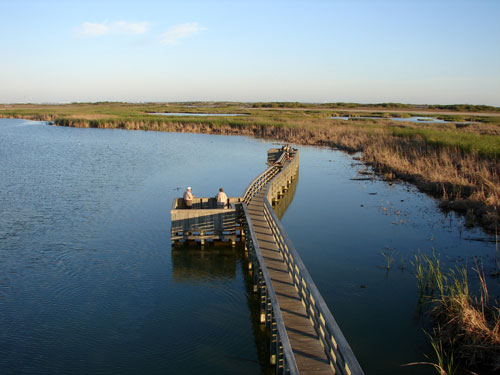 |
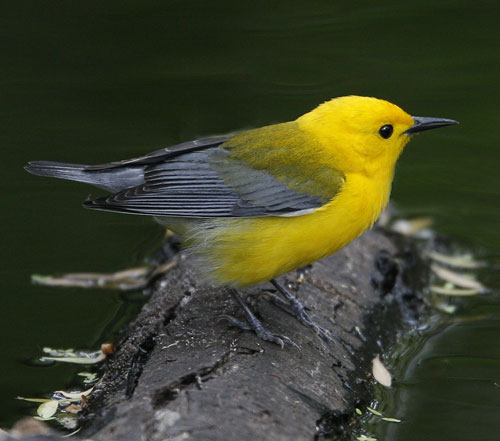 |
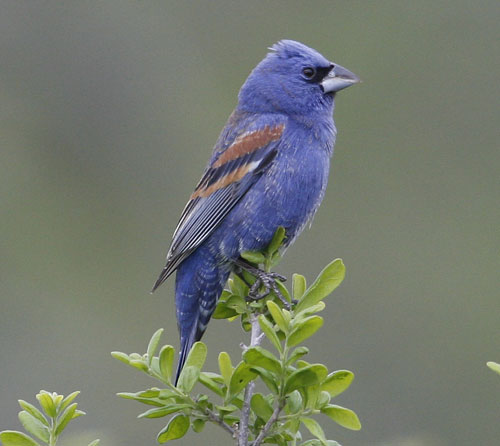 |
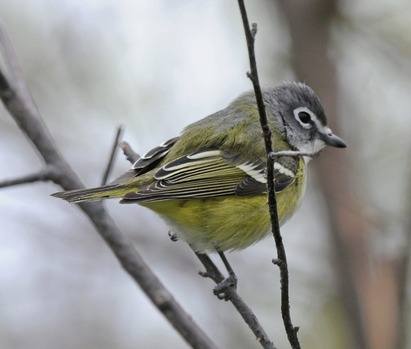 |
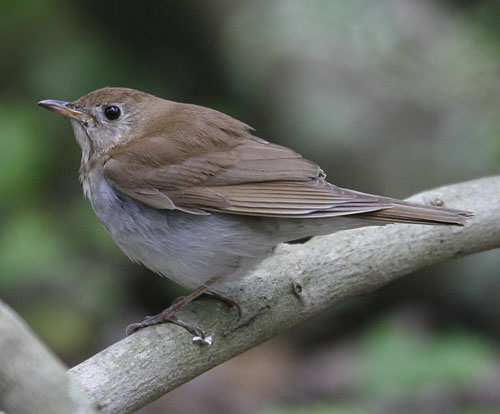 |
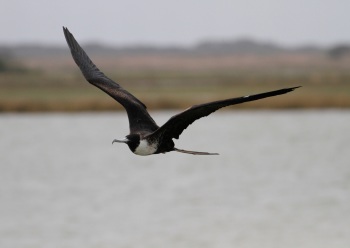 |
The first full ‘field’ day of the tour begins in spectacular fashion with an early morning boat cruise on Aransas Bay. The main target will be the endangered Whooping Crane with less than 300 individual birds at large in the world and most of the population spends the winter in Aransas National Wildlife Refuge. The morning will be packed with other quality species including Mottled Duck, Little Blue and Tri-colored Herons, Roseate Spoonbill, White Ibis, American Avocet, Wilson’s Plover, Royal, Forster’s and Least Terns, and Seaside Sparrow. After a harbourside lunch, we will start our quest for migration at several hotspots around Port Aransas which provide cover and refuge for songbird migrants such as Northern Waterthrush, Worm-eating, Blackburnian, Black-throated Green, Nashville and Tennessee Warblers, Indigo and Painted Buntings, Orchard and Baltimore Orioles, Scarlet and Summer Tanagers and many others. Overhead, huge flights of northbound Mississippi Kites and Franklin’s Gulls are possible in appropriate conditions. Wetlands in the same area may well produce Black-bellied and Fulvous Whistling Ducks, Cinnamon Teal and an impressive range of herons including good possibilities for Least Bittern. Night in Rockport.
Day 3 Rockport - Mustang Island
We begin the day exploring the beaches and wetlands close to our hotel in Rockport. Many of the birds are remarkably tolerant of people and photographic opportunities are excellent. Brown and American White Pelicans glide on the sea breezes while Black Skimmers are often present amid huge numbers of Laughing Gulls resting on the beach. Shorebirds often include Marbled Godwit, Hudsonian Whimbrel and Long-billed Curlew and we can enjoy close comparisons between Eastern and Western Willets, Greater and Lesser Yellowlegs, Western, Semi-palmated and Least Sandpipers. Greater Scaup and Redhead maybe be present on the fresh water, the latter often loafing with rafts of American Coots. Careful scrutiny of the many swallows in the area should produce one or two Cave Swallows, now an established breeder at Rockport as the species expands its range northward. The grass lawns may host Common Ground-Doves, Lark and Savannah Sparrows and, if we’re lucky, the odd Upland Sandpiper.
Later in the morning we head south towards Mustang Island to check the beaches for unusual gulls as well as American Golden Plover and Black Tern. White-tailed Hawks and White-tailed Kites often forage over the coastal prairie and we’ll search several pockets of Willow and Live Oak thickets for migrants. These may include Yellow, Cerulean and Black-throated Blue Warblers, Wood, Swainson’s and Grey-cheeked Thrushes. We should also be ready for the unexpected such as Chuck-wills-widow, Bullock’s Oriole or Townsends’’s Warbler. Night in Rockport.
We leave the quaint confines of Rockport and take our time birding our way east along the coast toward Brazos Bend State Park. Here we’ll find a fine mix of mature live-oak woodland and a variety of freshwater habitats. The park can be excellent for a number of species that can be difficult to find elsewhere on the tour; American and Least Bitterns, Yellow-crowned Night-heron, Purple Gallinule, King Rail, Barred Owl, Eastern Screech-Owl, Red-bellied Woodpecker, Acadian Flycatcher and Prothonotary Warbler. In the late afternoon we head toward our comfortable hotel in Winnie, our base for the next six nights. An early check-in could see us heading straight for High Island and our first taste of the famed ‘Boy Scout Woods’. Late afternoon may seem like an odd time to visit a woodland for migrants but a well-established pattern of trans-gulf migration will ensure that migrants continue to arrive right up until dusk. Among them will be large numbers of Eastern Kingbirds, Baltimore Orioles and Rose-breasted Grosbeaks whilst surprisingly visible Common Nighthawks cruise and call overhead. Night in Winnie.
Leaders: James P. Smith.
Group size: Maximum of 8 with 1 leader.
Included in cost: Accommodation in comfortable hotels/motels with en suite facilities, transport throughout, all reserve entrance fees, and guiding services.
Not included: International airfare, ESTA fee, insurance, drinks, tips, and items of a personal nature. in common with other US tours, food and drink is not included with the overall tour price. However, there is enough choice to suit most budgets. Traditionally, we eat lunch and evening meal as a group but this is purely optional. Allow about $45 per day depending on your individual requirements.
Accommodation: comfortable, air conditioned rooms with twin and single options available, all en-suite. Most accommodations offer in-room coffee/tea along with a free continental breakfast in the hotel lobby.
Tour Code: a moderate level of fitness is required for this tour. Expect long, full days in the field in warm, humid conditions. However, cold weather is possible if a major front passes through the region. A cold front may bring rain (sometimes heavy) but also lots of birds! Some walking may be required on trails and roadsides but is generally easy. Therefore a variety of field clothing is recommended. Casual clothing is fine for evening meals and on occasion we may have to go from the field directly to supper if the birding is exceptional. Texas is known for mosquitoes, fire ants, ticks and other biting insects and a good insect repellent is highly recommended. The birding is exceptional and we expect to log over 100 species per day on most days of the tour.
| BOOK THIS TOUR |
Receive our e-newsletter:
Join the Zoothera e-mailing list for up-to-date news on new tours, tour reports and special offers.
e-mail [email protected] to sign up.
The air holidays and flights shown are ATOL protected by the Civil Aviation Authority.
Our ATOL number is 10436. Please see our Terms and Conditions for more information.
